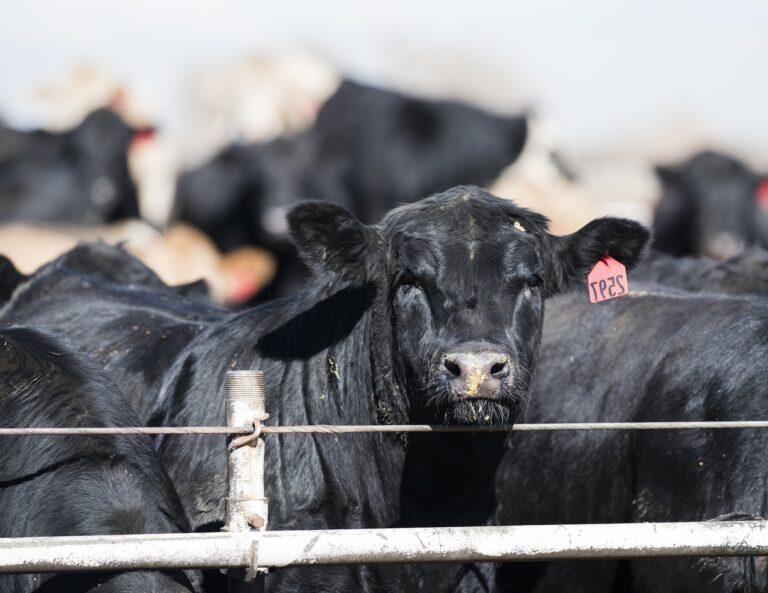
Checkoff Programs: Farmers Funding Their Opponents
Checkoff dollars claim to help producers. In reality, they entrench corporate control, siphon farmers’ wealth, and fuel the system driving them out of business.

Checkoff dollars claim to help producers. In reality, they entrench corporate control, siphon farmers’ wealth, and fuel the system driving them out of business.

Grocery retail is now one of the most consolidated parts of the U.S. food chain, with just four corporations controlling 69% of the market.

The Department of Justice’s investigation is a welcome first step. But if policymakers are serious about standing up to abusive corporate power, they must go beyond an inquiry.

Just two companies—John Deere and CNH Industrial—control nearly 90% of the U.S. markets for large tractors and combines, harming farmers and rural communities.

Just three companies—Nutrien, Mosaic, and CF Industries—dominate the North American fertilizer market, wielding near-total control over supply and prices.

Beneath the headlines about trade wars and bailouts lies a deeper truth: America’s agricultural system is structurally flawed.

This blog reveals how a handful of corporate giants now dominate the very foundation of agriculture.

The MAHA Commission’s May report exposed corporate capture in ag policy—but the leaked strategy draft dodges solutions. One big reason: government checkoffs.

This blog unpacks how the meatpacking industry fell into the control of just four corporations.

Corporations have transformed the farmer safety net into something entirely different: a hamster wheel that keeps farmers stuck, no matter how hard they run.